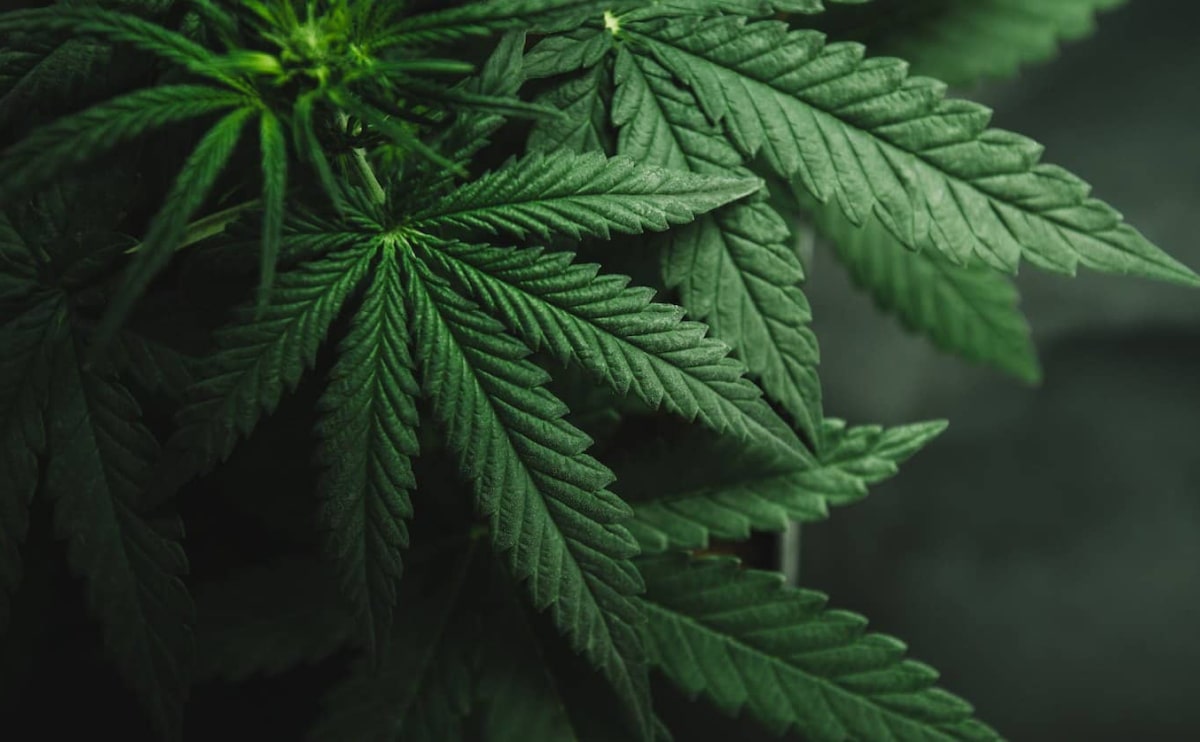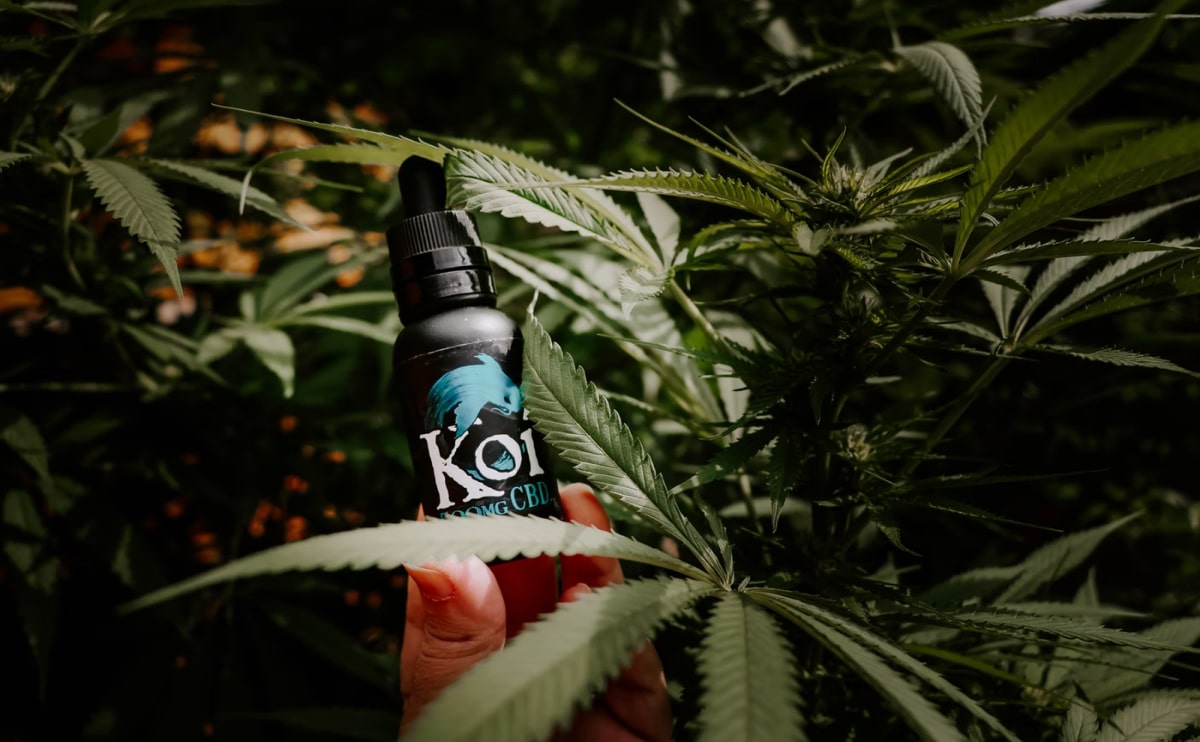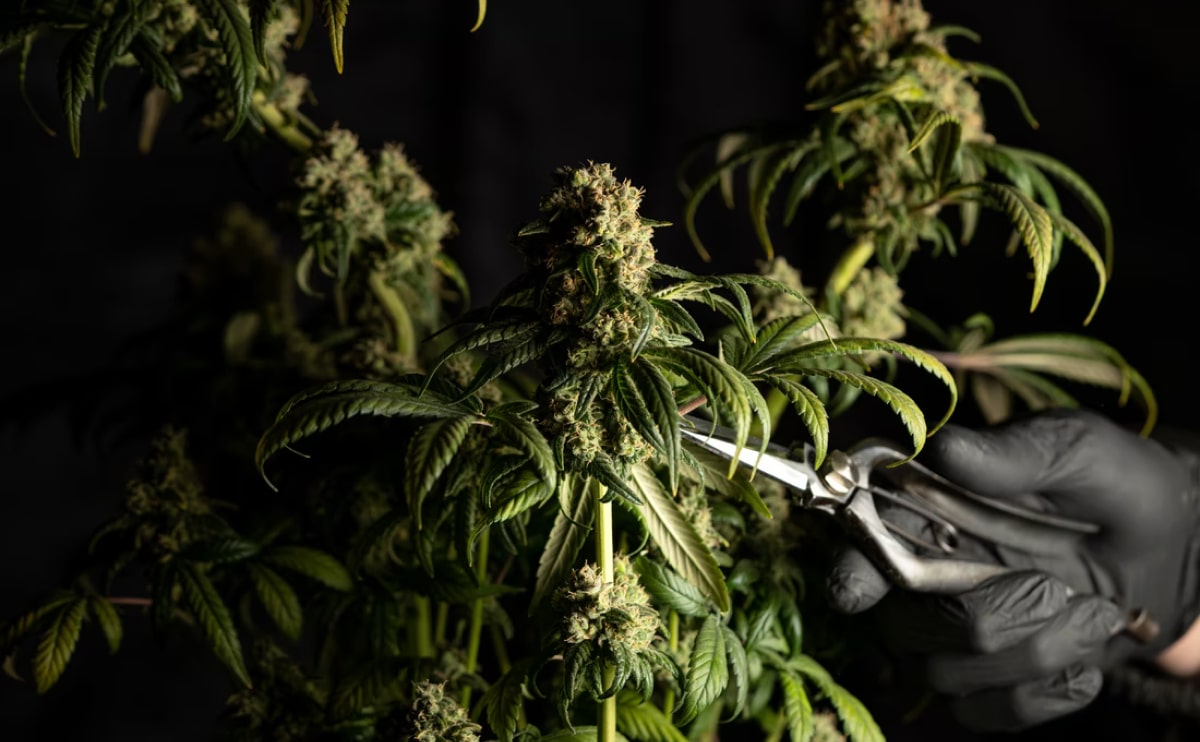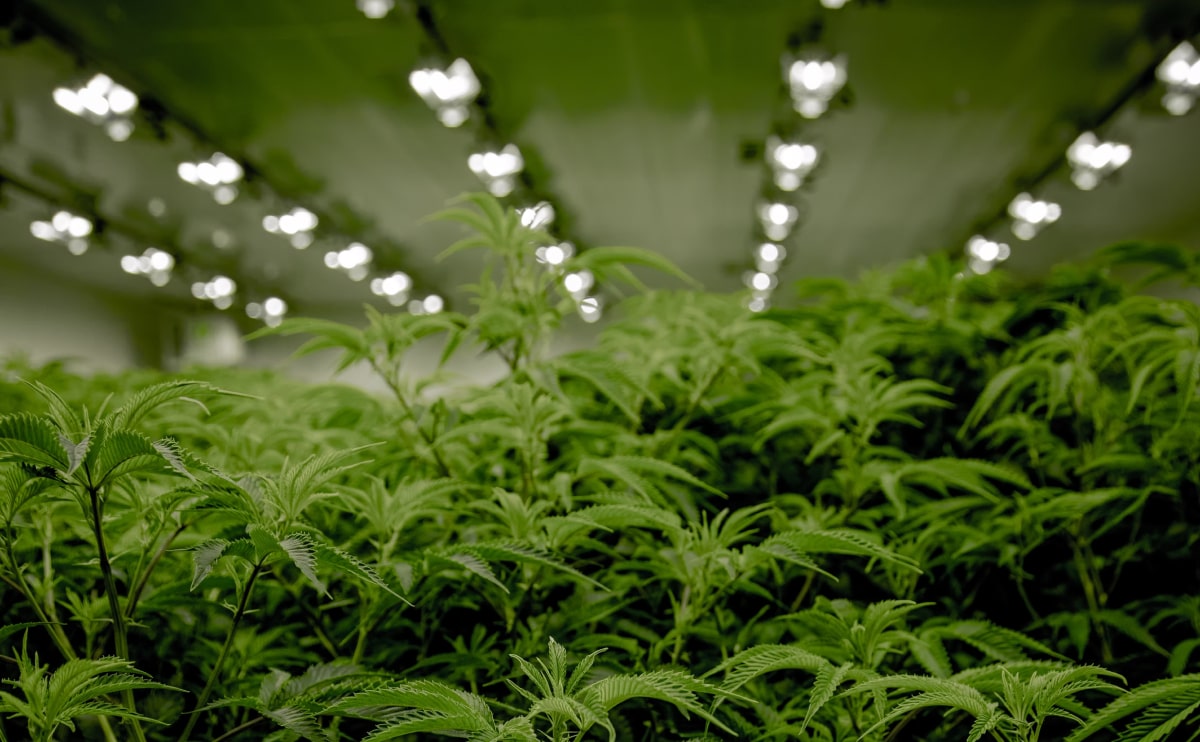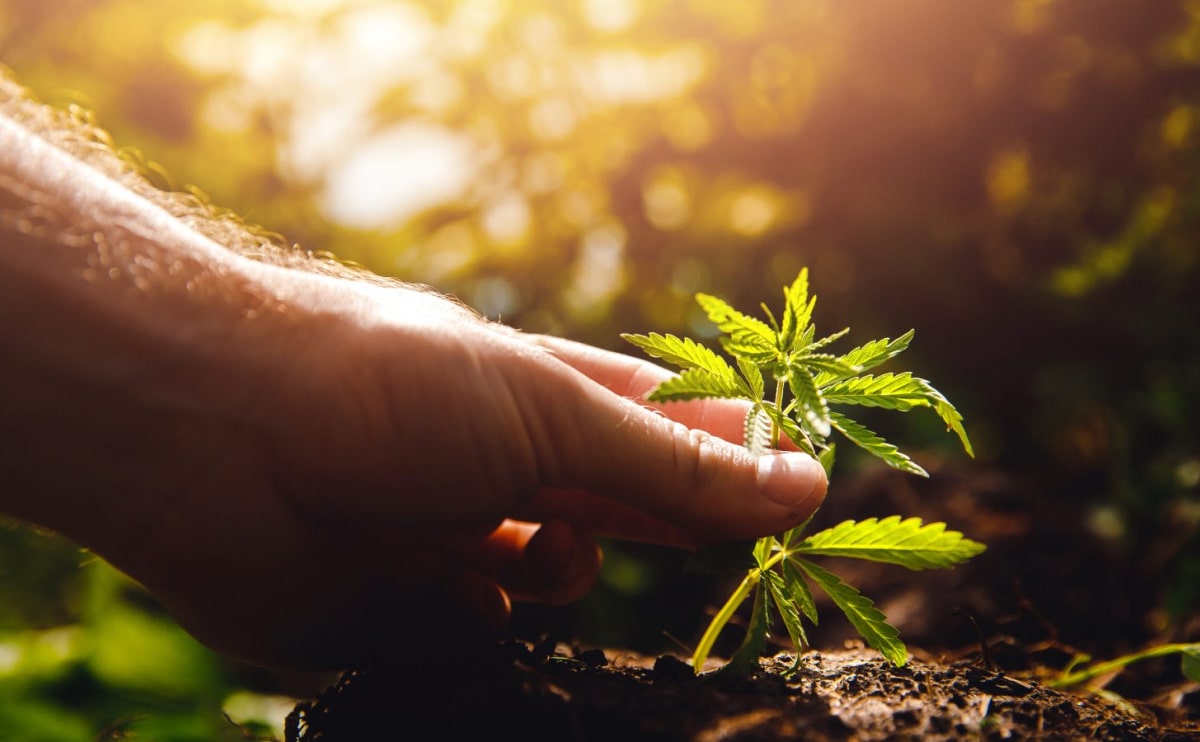Understanding the Effects of Marijuana and the Importance of Responsible Use

Understanding the Effects of Marijuana and the Importance of Responsible Use
As marijuana’s profile continues to rise globally, it’s essential to move beyond stereotypes and understand its effects, both desired and potential risks. For anyone considering or interacting with cannabis, understanding responsible use principles is paramount.
The Effects: A Complex Interaction The effects of marijuana are highly variable and depend on several factors:
Strain Type & Cannabinoid Profile: High-THC strains will produce more psychoactive effects. Indica strains are often associated with relaxation, while Sativa strains with energy, though these distinctions are overly simplistic.
Method of Consumption:
Smoking/Vaping: Effects are typically felt within minutes and peak within 10-30 minutes, lasting 1-3 hours.
Edibles: Effects are delayed (30 minutes to 2 hours) but can be much more intense and last longer (4-8 hours or more). This makes edibles particularly prone to overconsumption.
Dosage: Higher doses generally lead to more pronounced effects.
Individual Factors: Metabolism, tolerance, body weight, mood, and previous experience all play a significant role.
Common Short-Term Effects (Psychoactive):
Euphoria and Relaxation: Often described as a primary desired effect.
Altered Perception: Changes in sensory perception, time, and space.
Increased Appetite (Munchies): A well-known effect.
Impaired Coordination and Reaction Time: Critical for activities like driving.
Short-Term Memory Impairment: Difficulty recalling recent events.
Anxiety or Paranoia: While some find it relaxing, others, especially with high doses or in unfamiliar settings, may experience anxiety, paranoia, or even panic attacks.
Potential Long-Term Effects & Risks (Under Research):
Respiratory Issues: For smoking, similar risks to tobacco smoke, including chronic bronchitis.
Mental Health: Studies are exploring links between frequent, heavy marijuana use (especially in adolescence) and increased risk of psychosis or worsening symptoms in individuals predisposed to certain mental health conditions.
Addiction/Dependence: While not as physically addictive as some other substances, psychological dependence can occur, leading to Cannabis Use Disorder.
Cognitive Impairment: Some research suggests potential long-term impacts on brain development in adolescents, affecting memory and learning.
Principles of Responsible Use (where legal): For those in regions where cannabis use is legal, responsible consumption is crucial to minimize risks:
Start Low, Go Slow: Especially with edibles, begin with a very small dose (e.g., 2.5-5mg THC) and wait at least 2 hours before consuming more.
Know Your Product: Understand the THC/CBD content, strain type, and form of consumption.
Do Not Drive or Operate Heavy Machinery: Cannabis impairs judgment and coordination.
Use in a Safe Environment: Be in a comfortable and familiar setting, ideally with trusted individuals.
Be Aware of Mental Health History: If you have a family history of psychosis or other serious mental health conditions, consult a doctor before use.
Avoid During Adolescence: The developing brain is more vulnerable to potential negative impacts.
Do Not Mix with Alcohol or Other Drugs: This can amplify impairment and increase risks.
Store Safely: Keep out of reach of children and pets.
Understanding the full spectrum of effects and embracing responsible practices are key to navigating the evolving landscape of marijuana use safely and consciously.
Disclaimer: The information provided here is for educational purposes only and does not endorse or promote the use of marijuana.

